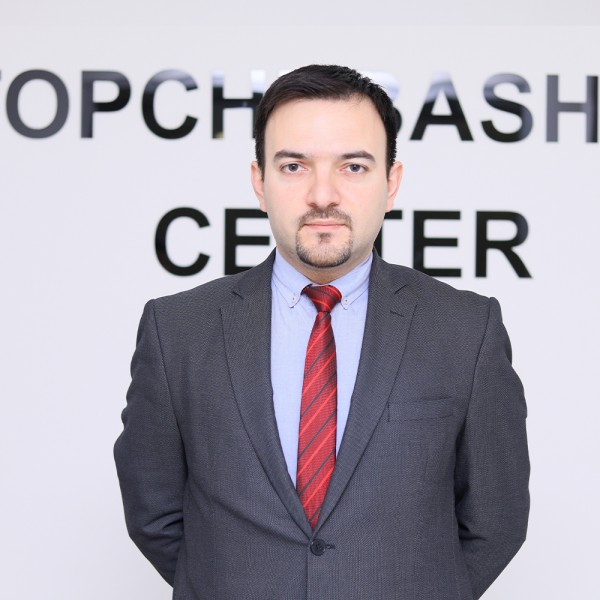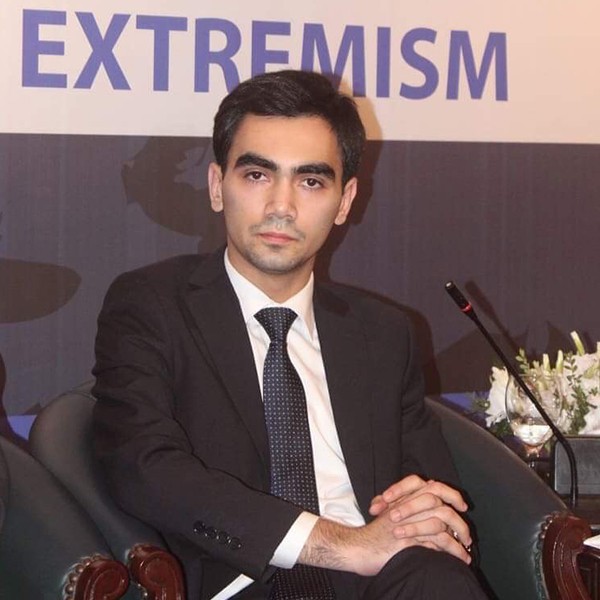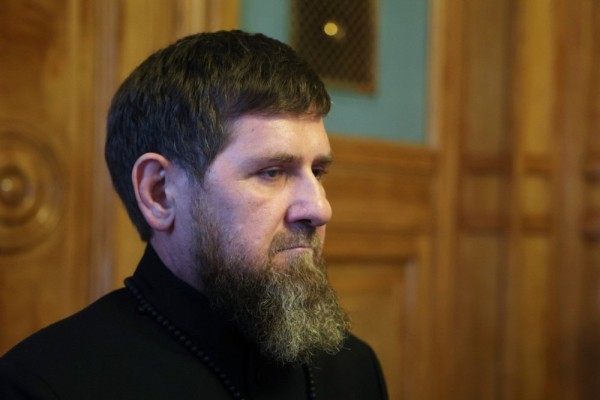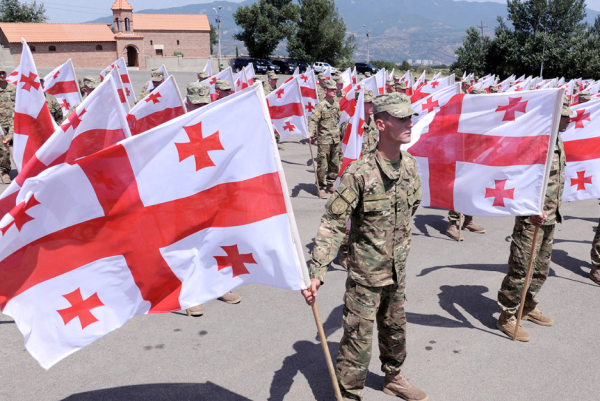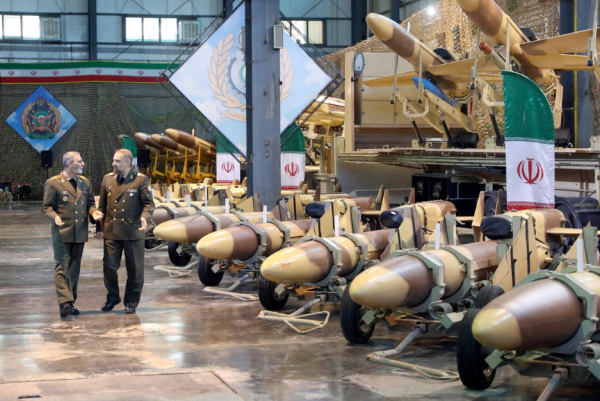The Lachin road crisis and initial implications
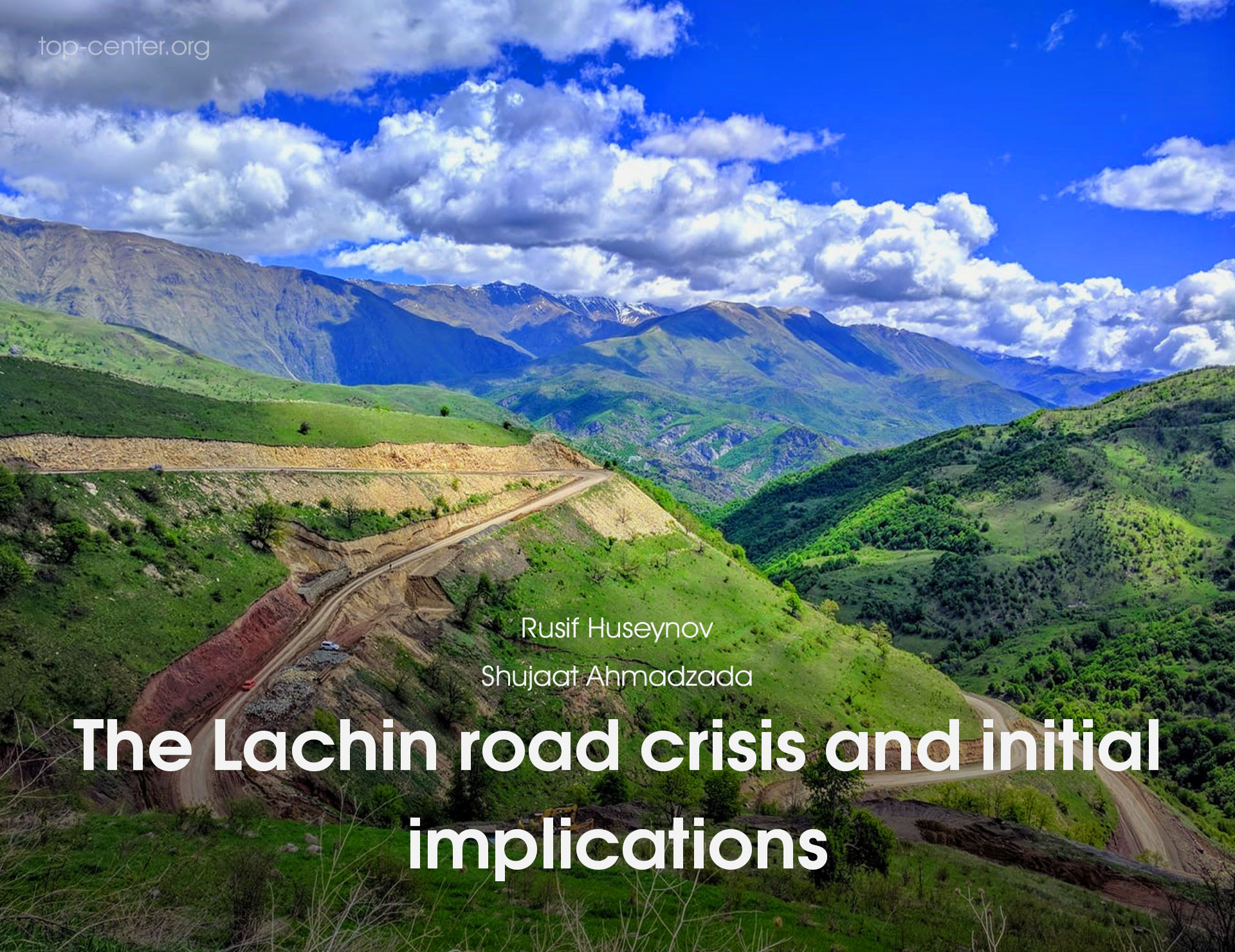
As the standoff on the Lachin corridor – the road connecting Armenia with the Armenian-inhabited parts of Karabakh – continues, it would be prudent to have a look at what messages have been transmitted.
Firstly, the fragility of the situation in Karabakh was reminded to both the regional stakeholders and the international community alike. The Azerbaijani side pushes its agenda of the eventual reintegration of the entire area against the status quo, which is actively supported by the Kremlin and a considerable part of the Armenian community in Karabakh. The status quo, however, means nothing but uncertainty about the fate of Armenian residents of Karabakh. And unlike the interwar period (1994-2020), the current state of affairs is more disadvantageous for these residents who might continue living in legal limbo. The glowing hope for an independent state in Karabakh has shrunk to a previously unheard-of-degree, as the current impasse along the Lachin road made it abundantly evident that the unrecognized enclave is essentially unable to exist without external assistance.
Moreover, the current impasse amply demonstrates how the nature of relations between the patron state and the separatist regime has evolved in the past two years. Armenia, which earlier extended its military umbrella towards the territories that were controlled by the separatist regime, has very little, if any, capacity to interfere with the current affairs in Karabakh. Having delegated its role as a security guarantor to Russia, it seems Yerevan plans to alleviate its last vestiges recognizing the whole Karabakh as an integral part of Azerbaijan. For example, the current Karabakh discourse on the Armenian side has become more about the rights of the Armenian community, would-be citizens of Azerbaijan, rather than political status.
Secondly, the Azerbaijani side managed to effectively discredit the Russian presence in Karabakh, both the peacekeeping contingent and Ruben Vardanyan, the Kremlin`s protege within the separatist entity. The former has been seen as security guarantors, while the latter was sent by Kremlin to derail the reintegration of the region back to Azerbaijan by keeping Karabakh's "agency". Both were once seen as the omnipotent forces, who could on the ground solve the local problems and most of all ensure the breakaway territory`s autonomous functioning.
However, this myth got broken: having no clear mandate, and thus, unable to intervene in the Azerbaijani eco-maidan, the only reaction of the Russian peacekeepers was to block the road leading to Khankendi. Obviously, the Kremlin could not also stop the protests, which made some experts claim that the Azerbaijani side is testing the red lines of Moscow and/or in some instances decimating Russia`s reputation in this part of the world by using the emerging power vacuum in the wider Eurasian region.
On the other side, it is noted that the Lachin crisis demonstrated that the separatist government in Karabakh, particularly Ruben Vardanyan, who had a relatively good reputation, is not able to effectively resolve any issues affecting the Armenian community. He is currently being rejected by Baku as an interlocutor since he is not a native Karabakhi and most importantly, regarded as a Kremlin project. Therefore, he may not be able to resolve numerous problems like water management, gas supply, food supplies, and other difficulties. In other words, rather than being a positive leader, the Armenian community may eventually perceive him as a spoiler. Interestingly enough, Vardanyan's political ambitions in Armenia have caused him to be rejected by the current Yerevan government as well. As a result, the Armenian government might not support him. Therefore, the Armenian authorities may not back him as they have been doing towards the previous de facto rulers of the unrecognized entity, thus, weakening his reputation and operational capabilities.
The crisis also established a precedent, which is possibly its most significant effect. No one can guarantee that a similar demonstration won't take place tomorrow even after the road reopens. The lifeline, or bottleneck, that connects Armenia and the Armenian-inhabited parts of Karabakh is both their Achilles' heel and a hanging Damocles' sword, reminding all sides of who is in charge of the situation. Long story short, it is not up to Vardanyan or Harutyunyan, but Baku to decide what happens with the region's future.
Apart from the implications listed above, we can forecast the next steps from the Azerbaijani side in this Lachin road crisis. In the short run, Azerbaijan will probably demand unimpeded access of Azerbaijanis to parts of Karabakh that is not under effective Azerbaijani control. While the entire international community, including Russia, recognizes these territories as part of Azerbaijan (which was recently re-confirmed by Vladimir Putin and Sergey Lavrov), the access of Azerbaijani citizens into the area is prohibited by Russian peacekeepers. On the contrary, the tripartite ceasefire deal envisages the return of Azerbaijani IDPs to their former places of residence. On the flip side, the visits of the Azerbaijani citizens, first of all, IDPs, could boost inter-communal engagement (with an eventual aim of peaceful coexistence) and should be facilitated by peacekeepers (if the Russian side is interested in reconciliation).



